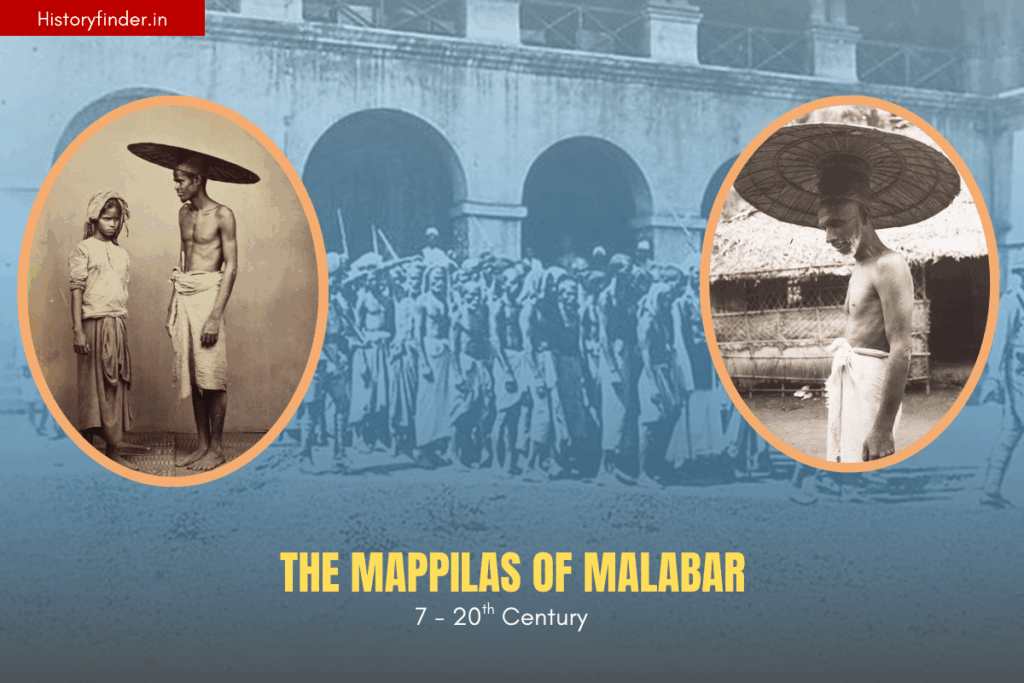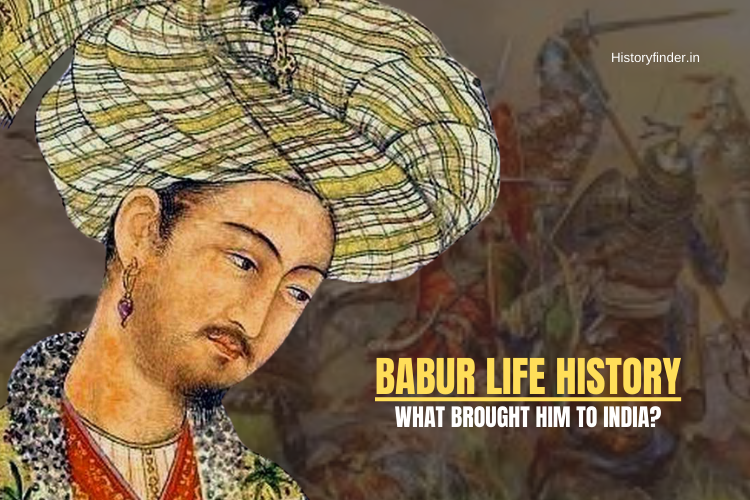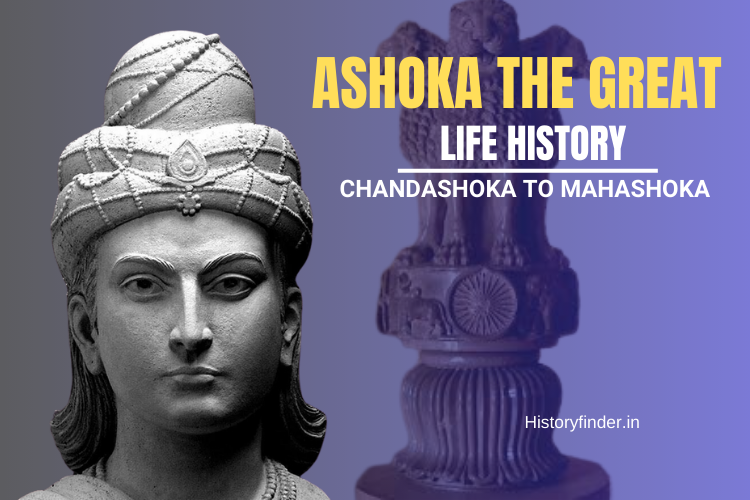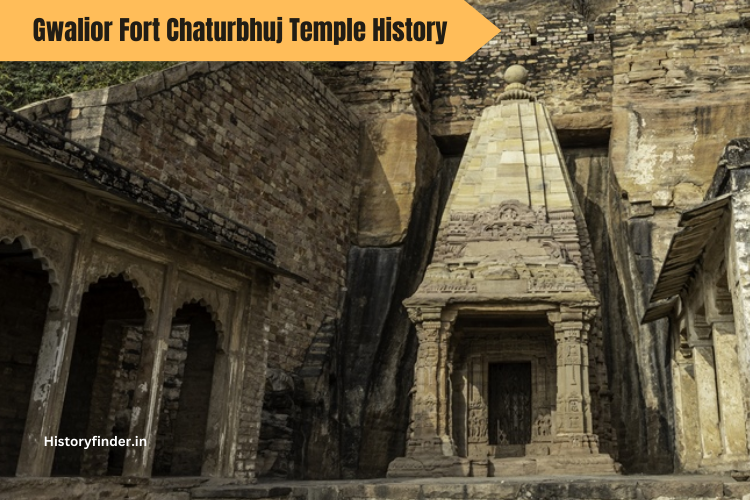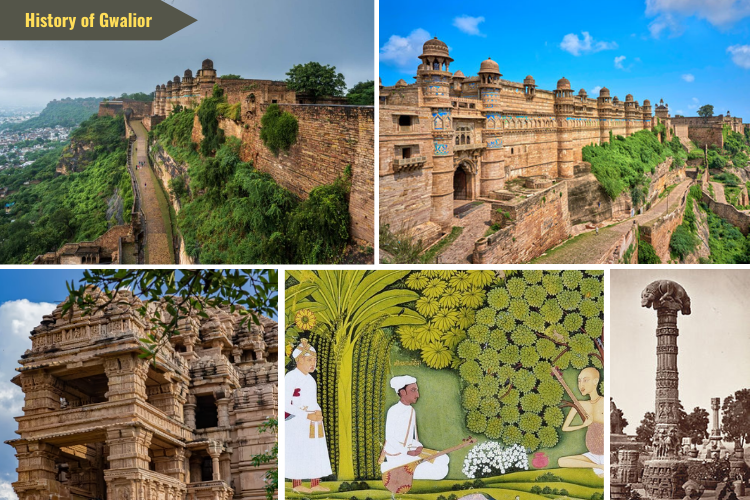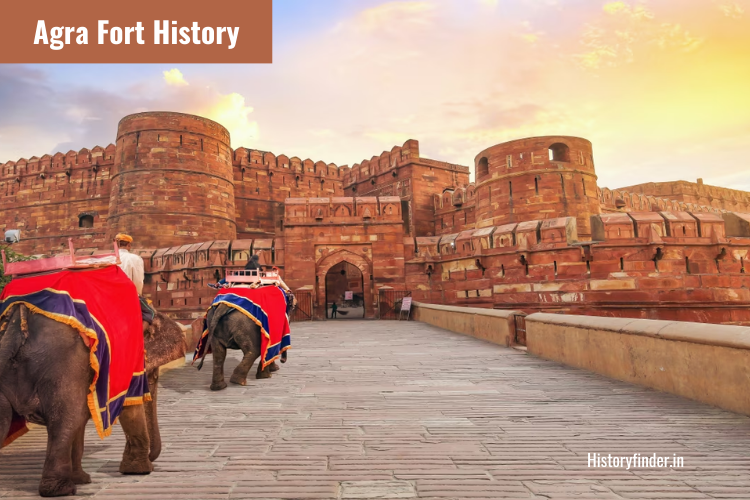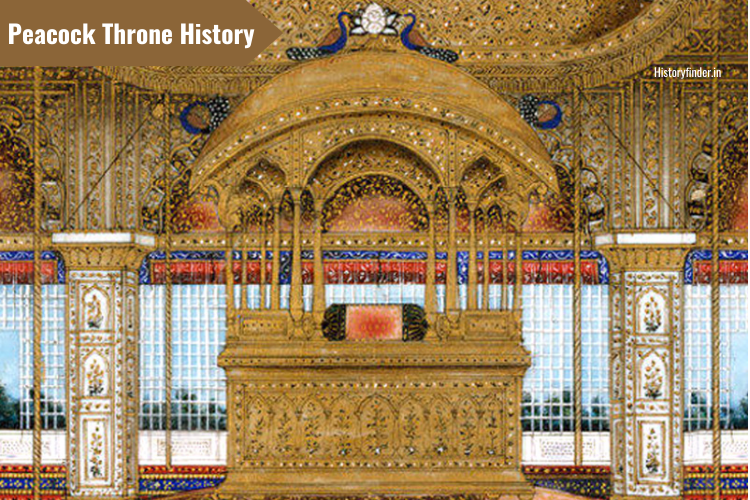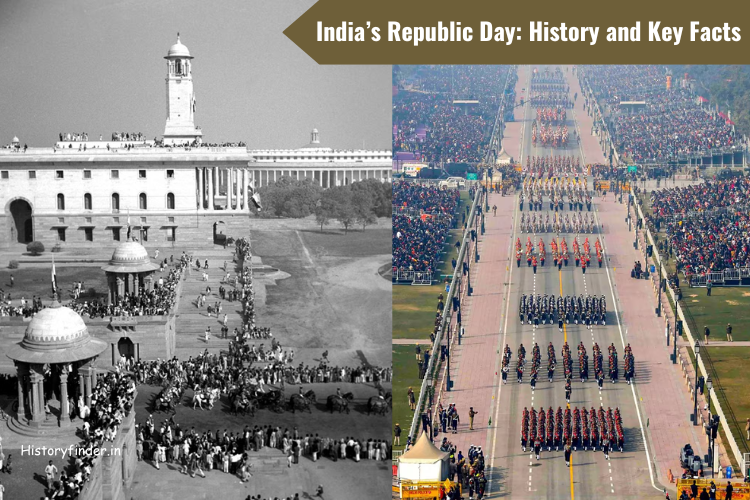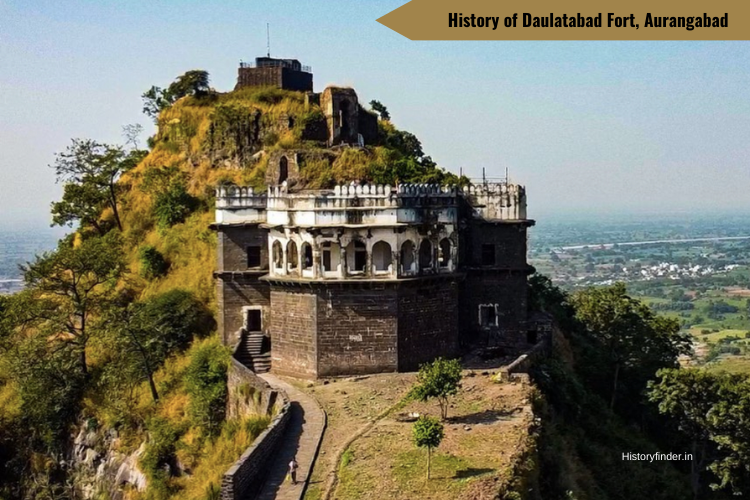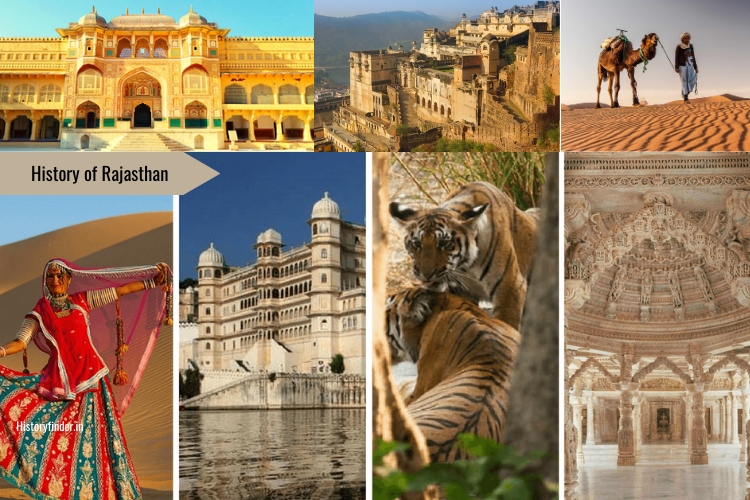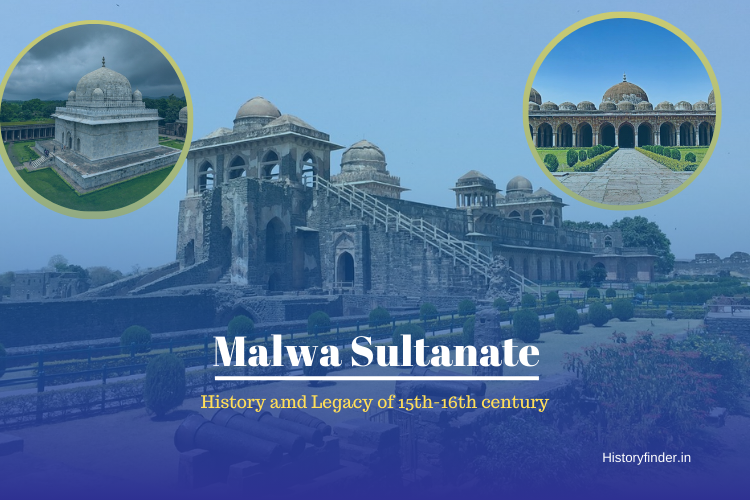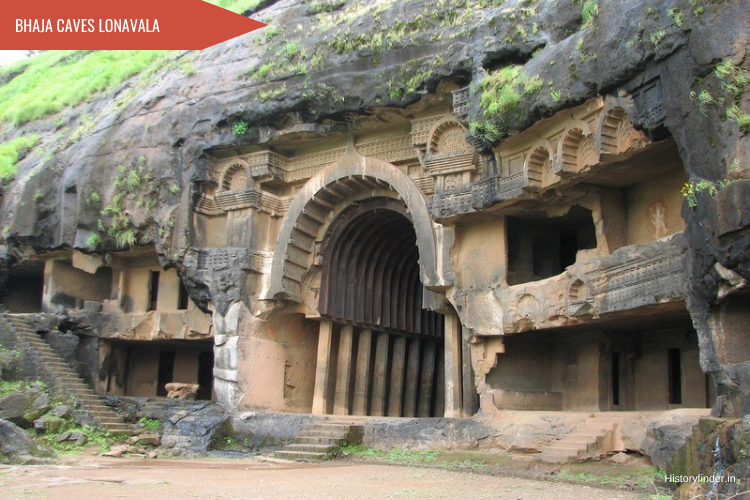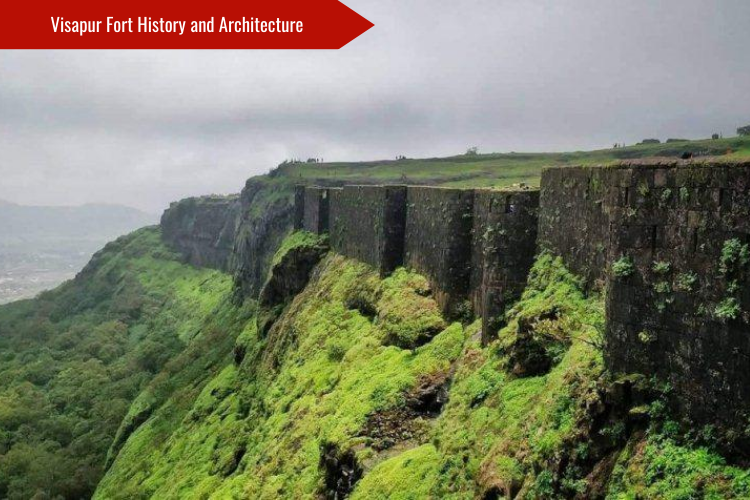The Mappilas of Malabar: A Symbolic Blend of India-Arab Cultures
The Moplahs migrated at the Malabar Coast of Kerala during 7th century CE, via the maritime trade relations with Arab countries. Until 16th century CE, the community was recognized in the country as extreley rich and influenetial. But after the rise of Portuguese in the region, the status of the Moplahs declined drastically. The British colonial era had been the toughest period of survival for the Mappilas at Malabar region. They fought their fights of survival for centuries, especially during Portuguese and British era. However, after Freedom of India, the Moplahs got back their old status to some extent. Despite their very long and larges struggles, the Mappilas has always made significant contributions to Kerala’s social, cultural, and economic life.
The Mappilas of Malabar: A Symbolic Blend of India-Arab Cultures Read More »
